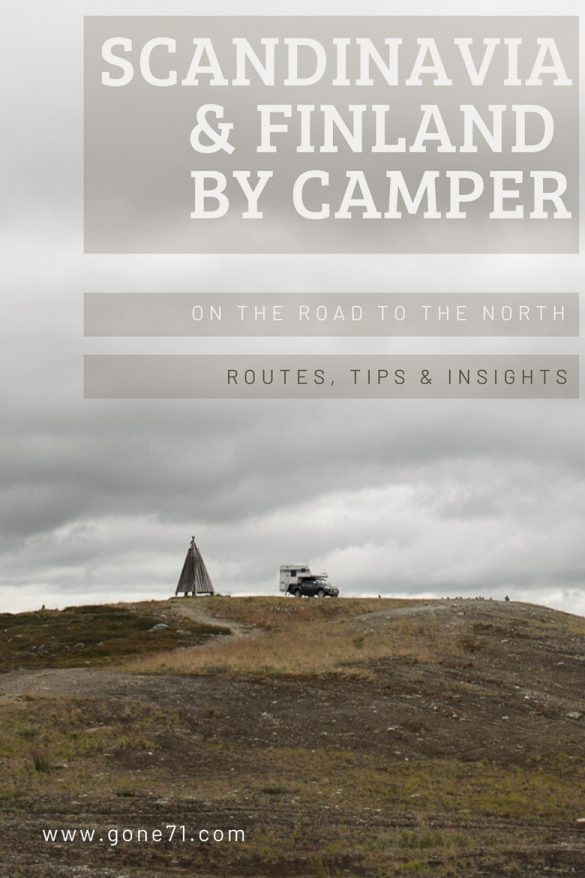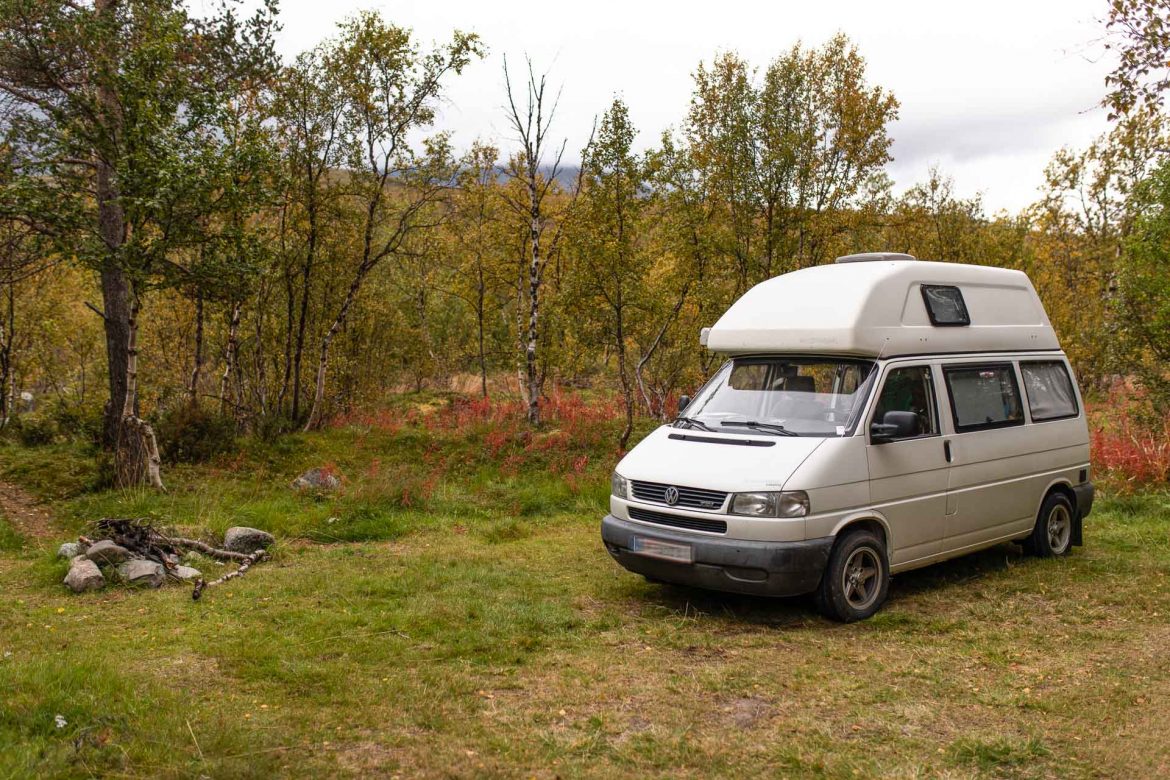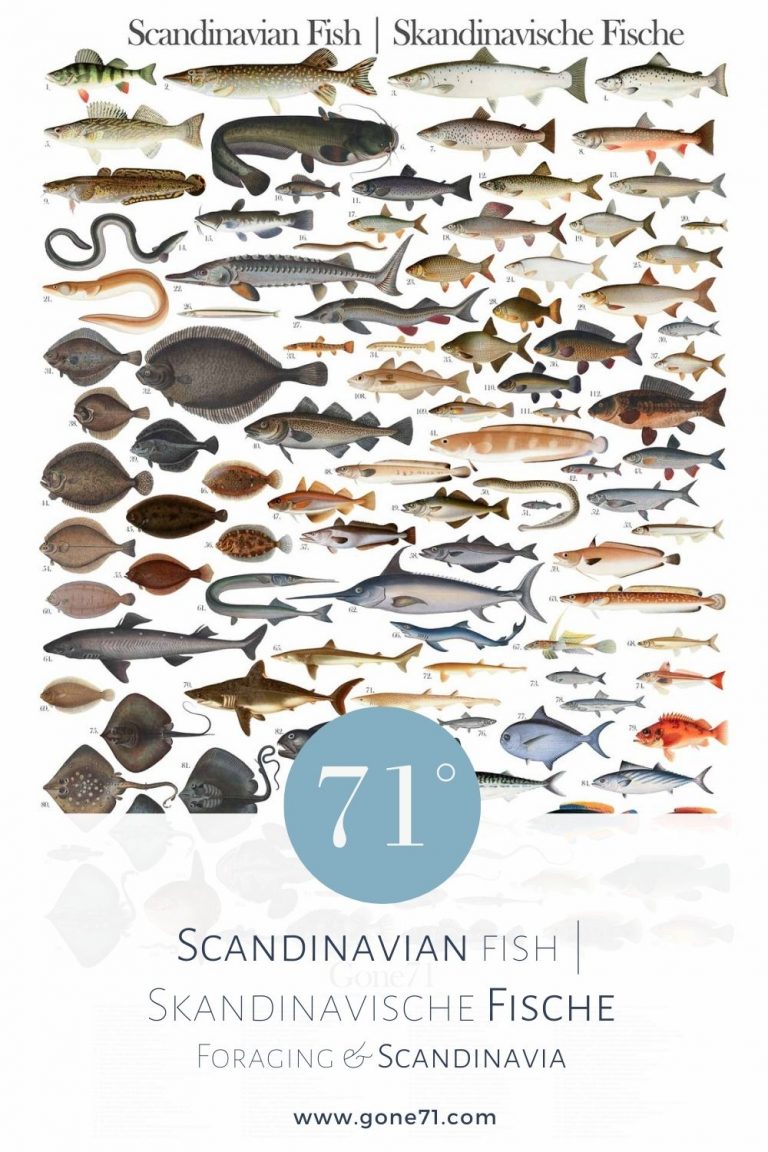Visiting Scandinavia in your own camper, mobile home or trailer is a great way to get around in the Northern countries. Sleep in front of Santas doorstep, experience the wilderness with the comfort of a solid mobile shelter or go all the way to the end of the road in Finnmark.
Driving your own camper to Scandinavia – is it worth it?
Finland, Sweden and Norway are by far the easiest (and in our opinion the best) countries in Europe for independent travelling in a camper. Over night stays are possible in most places and apart from urban areas and private roads there are very few restrictions on where you can set up your base for a night or two. Enjoy the beautiful landscapes while sleeping every day on another breathtaking place.
All Northern countries offer excellent road infrastructures. Public parking bays often feature small shelters where you can make a fire and overnight stays with total privacy can be found in every area. Lapland is predestined if you want to stay off the grid and if you feel the need for that hot shower once in a month you can always opt for one of the campsites.
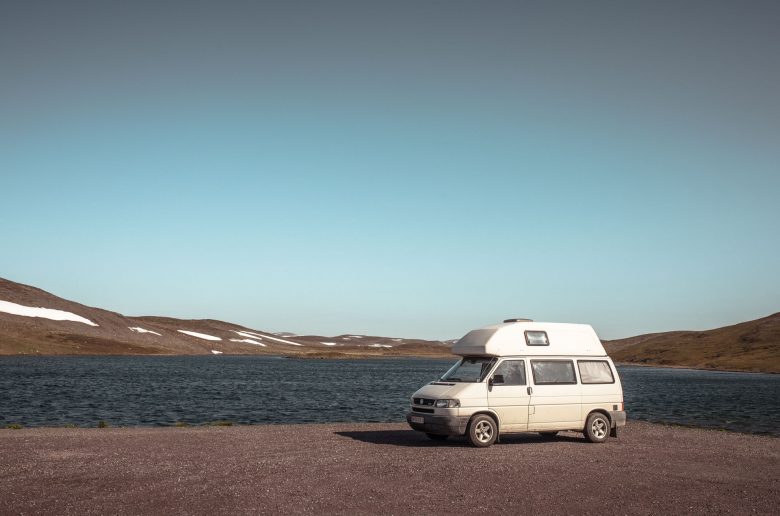
Especially if you have time, the mobile camping experience is the perfect way to travel between national parks, cultural destinations and all three countries. In the following we will give you an overview about the most important things to know when you visit the North in your own ride.
- Which campervan is the best option?
- How can I get my campervan to the North from central Europe?
- Can I rent a camper van in Scandinavia or Finland?
- Are there rules for camping in Scandinavia?
- Are there differences between the countries?
- How are road conditions?
- Off the grid or better campsites?
- What to bring?
Camper van, motor home or caravan for the North?
Obviously that depends mostly on your preferences and style of travel. The options are plentiful and from your family’s old ‘80s road cruiser to that 4×4 expedition vehicle everything is suitable. Except for some streets in Norway, most regions are flat with usually 90 km/h to 100 km/h (60mph) maximum speed. As long as it roles you’ll get along.
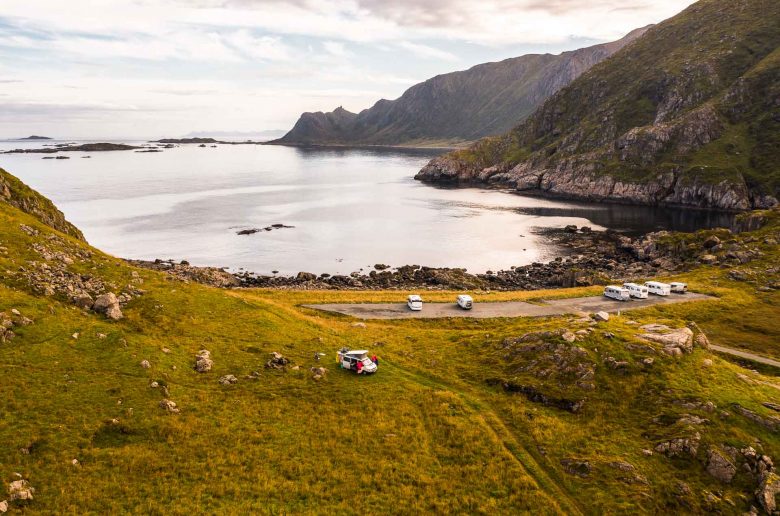
Camper van
In our experience a smaller campervan can be very versatile. It drives and behaves more like a normal car and you’ll have it sometimes easier to go those extra meters for the perfect spot. For a road trip style of adventure and long distances this is definitely the right choice. The obvious downside here is space. There can be a lot of rainy days in the North and as long as you do not like to cuddle you need a proper bad weather strategy. Depending on the features of your ride, you should also consider missing sanitary options (toilet, shower) and probably opt for a chemical toilet. Unless you are heading very frequently to official campsites you should be prepared for a lot of nature experiences – which is not necessarily a bad thing! If you are coming in spring or autumn, or if you spend most time in Finnmark an independent vehicle heater can improve your travel quality by a lot.

Motorhomes are the most common camping vehicle you’ll meet in Scandinavia – for locals and foreigners alike. If you want a bit more comfort, especially in terms of room, this is your best option. Apart from the more bulky handling you’ll have more flexibility in bad weather conditions, usually sanitary facilities and also better cooking options. There are more then enough places to park your campervan for overnight stays in all regions. As long as you are around a 6 meter length you should get to most places also apart from the main roads without problems.
Caravan / trailer
Many locals have a caravan to visit other places within the Northern countries. But also for foreign visitors this can be a great option. If you are planning to stay for longer in a certain area you can set your base and make day- or fishing trips with your car. This gives you certain flexibility without loosing the comfort you would normally have in a real motor home. There are a lot of parking bays and designated parking areas especially in the Northern areas of Scandinavia and Finland where you can detach your caravan.

4×4 Offroad
If go in summer and do not plan to do anything too unusual you can leave your expedition truck in the garage. You’ll be able to access almost all roads you are allowed to drive even though it might get a bit bumpy from time to time. More important then a 4-wheel drive is ground clearance in our opinion. For some access roads normal cars and motor homes are simply to low. Be aware that in general you are not allowed to drive your vehicle off road in the Northern countries. The only exception is Finland where you are allowed to do so if you have the permission of the land owner. It’s not Iceland where a proper 4×4 is mandatory if you want to head inland. In Finland, Sweden and Norway an expedition type of car will not improve your experience by too much in 95% of the time.
If you go in winter things are different of course and a four wheel drive can be very useful. However, as long as you stay on the main roads and drive slow and carefully (which you have to do in any case!) it will not be mandatory either. Regions with a lot of snow have usually a very goad road management and snow removal for the main roads.

Bring your own mobile home to Finland, Sweden or Norway!
Yes you can! If you start from one of the central European countries this is usually no problem as long as there are no travel restrictions due to Corona. There are several options to make the journey to the North. You can either drive all the way on your own or you take a convenient ferry trip.
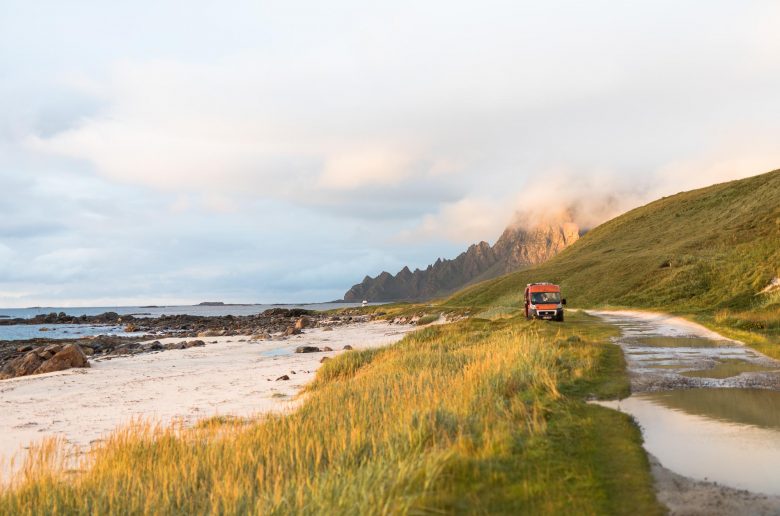
Driving your camper via Denmark to Sweden.
If you start anywhere in central Europe (Munich, Vienna, Zurich…) you can drive all the way on your own without taking a fairy service. Until now most travellers use at least at some point a ferry service to get from Northern Germany to Sweden (Trelleborg / Malmø) or directly to Finland. However in times of Corona, such means of transportation might get less popular and it’s good to know that this option exists.
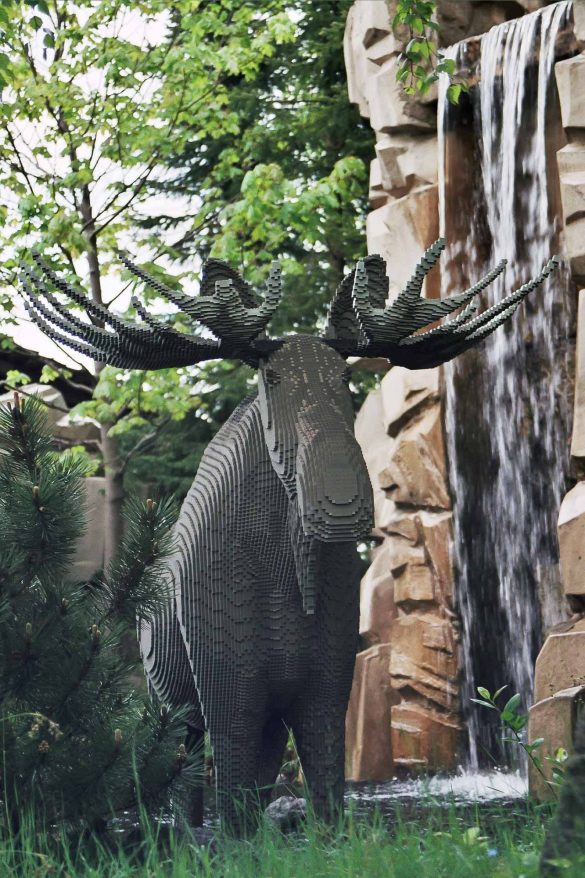
Depending on where you start you have to cross at least two countries (Germany, Denmark) in order to get to Sweden via the Øresund bridge. From there you can continue either directly to Norway or further into the North and Finland.
Driving your camper through the Baltic countries to Finland
The Baltic route was pre-Corona a very good option to drive most of the way to Finland on your own with the exception of a 2 hour fairy transfer from Tallinn to Helsinki. Not very common but until recently possible you can opt for a Russian visa and drive via St. Petersburg all the way over land to the eastern parts of Finland. Well, this option will be out of the question for some time now due to geopolitical events.
The usual route leads via Czech Republic and mainly Poland through the Baltic countries to Estonia. It’s not the most convenient rout regarding driving and especially Poland has some pretty bad road sections. In the Baltic countries the roads are ok but sometimes loaded with heavy truck traffic. If you want to get to Finland as fast as possible this is the way to go. Start in the early morning hours in Central Europe and go Fishing on the next day in the afternoon in the lake lands – if you can stomach long distance driving that is. Depending on your starting point, it is around 1.800 km to the ferry in Tallin. The ferry services runs several times a day (~2 hours) and usually it is no problem to book your passage on short notice (some hours before) online or directly in the harbor: Ferry Timetables Silja Line/Tallink
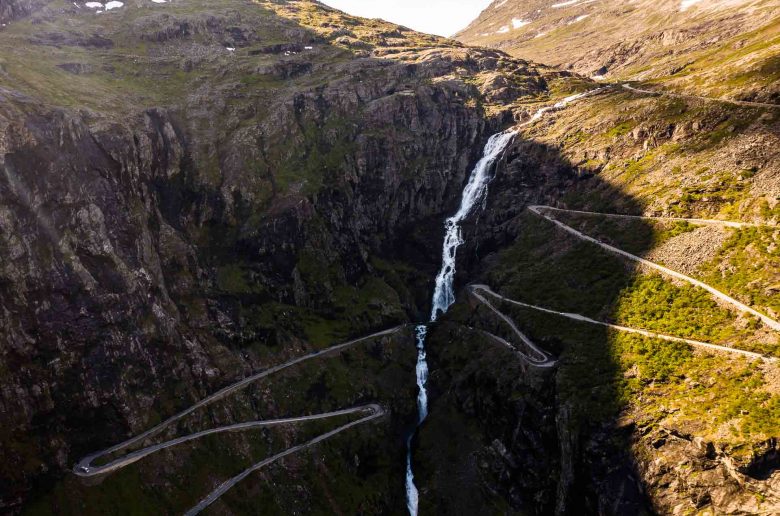
Ferries from Germany
The most common option is to take the ferry from Rostock in Northern Germany to Trelleborg in Sweden. The travelling time of this passage lasts around 6 hours and can be conveniently done without a cabin. Ferry transportation is usually not the cheapest way to travel if you bring your camper but if you want to avoid long distance driving it is a great option.

There is also an option to ship directly to Helsinki in Finland from Travemunde offered by the operator Finnlines. This takes considerably longer (29 hours) and does not come cheap. You’ll also need a cabin since it is not allowed to enter your vehicle – parking decks are locked during the passage. To Norway the operator Color Line offers transportation from the Kiel to Oslo within 20 hours.
Most common ferry routes to Sweden, Norway and Finland from Germany:
Rostock – Trelleborg | ~6 hours | |
Travemunde – Malmø | ~7 hours | |
Travemunde – Trelleborg | ~8 hours | |
Kiel – Gothenburg | ~15 hours |
.
Travemunde – Helsinki | ~29 hours |
Kiel – Oslo | ~20 hours |
Frederikshavn – Oslo | ~10 hours |
Hirtshals – Kristiansand | ~2 – 4 hours |
Hirtshals – Larvik | Color Line | ~10 hours |
Ultimately the choice of which route to take is of yours. If you want to get primarily to Finland the Baltic route is a great option in our opinion. We travelled this way several times and if your destination is Helsinki, the lake lands or the lower central part of Finland you’ll be there faster.
If time does not matter and Finland is of the radar anyway then the route via Trelleborg is our option of choice. Be prepared that the Southern parts of Sweden are more densely populated and finding a scenic place for an overnight stay is not as convenient as in the North.
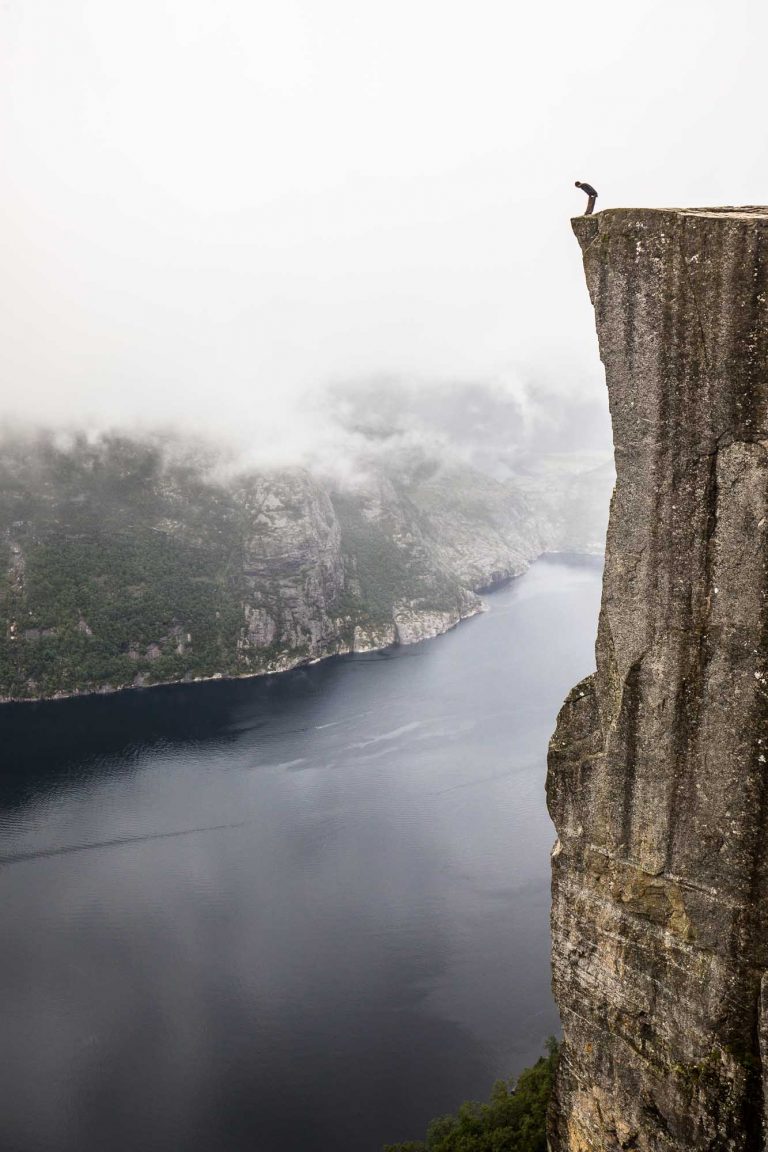
Ferries from Denmark
There are several options to take a ferry from Denmark to either Sweden or Norway. If you want to get to Norway as fast as possible, the ferry service between Hirtshals in Denmark and Kristiansand in Norway is the fastes option.
If we travel to Norway we usually take this ferry service.
| Frederikshavn – Oslo | DFDS | ~10 hours |
| Hirtshals – Kristiansand | Fjordline, Color Line | ~2 – 4 hours |
| Hirtshals – Larvik | Color Line | ~10 hours |
Rent a camping vehicle in the North
You can rent your motor home in all three capitals and other major cities throughout the North like Rovaniemi or Tromsø. Especially if you do not have a lot of time or do not like to drive long distances flying into Lapland and renting a motor home can be a good option. Pricing varies on the type of vehicle and add-ons. In most offers you have to pay for features like bed sheets, kitchen inventory, navigation, camping equipment, chemicals for the toilet etc… in addition. Cheapest offers start around 100 € per day but a 120 € to 180 € / per day range is more realistic. Fuel not included! So for those who want to spend several weeks / months in the North this option is likely not the most economic one. If you want to have an independent and spontaneous style of travelling over a short period you should consider it.
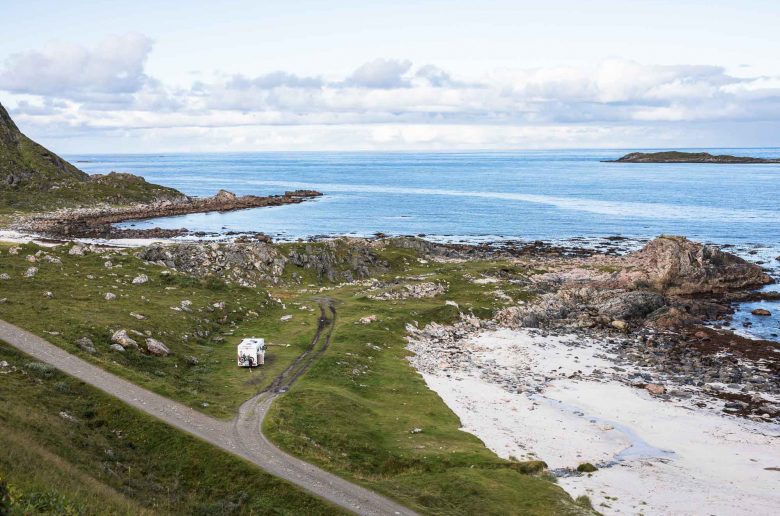
Are there rules for camping with a motor home in the North!
Yes. Parking your vehicle on the roadside is allowed too as long as it is not a hindrance to others. To drive on a private road with a motorized vehicle you need the permission of the landowner. Usually the access to such private roads is restricted with a physical barrier (e.g. boom) or a traffic sign. Driving off road is prohibited without the permission of the landowner. In reality if you plan your overnight stays along a normal road – which does not necessarily mean paved – you’ll always find resting areas, parking bays or spots where you can obviously park your vehicle. As long as you do not disturb the privacy of others and follow the general rules, no one will tell you to leave. In our experience the rule of thumb is that the further you go north the easier it is to be alone and find a sleeping spot with some privacy and atmosphere. The southern parts have simply a higher population density and most of the tempting or good looking spots are private. Many parts in urban areas can also be restricted for over night stays but you can usually always find a spot for one night without a problem.
What are the differences regarding motorhomes between Norway, Sweden and Finland?
Generally not too much. In Finland you are allowed to drive your vehicle off road with the permission of the land owner – this is something you absolutely can not do in Sweden or Norway. In Finland a community can prohibit overnight stays in a camper. In Sweden the duration to stay on a parking place is limited to 24 hours.
Generally fuel is most expansive in Norway except for Hammerfest where you can find some of the cheapest gas stations at all. Finland is usually the best option to take on fuel but it will still not come cheap compared to prices in central Europe. Be aware that there can be long distances between gas stations so it is advisable to take some fuel rather sooner than later.
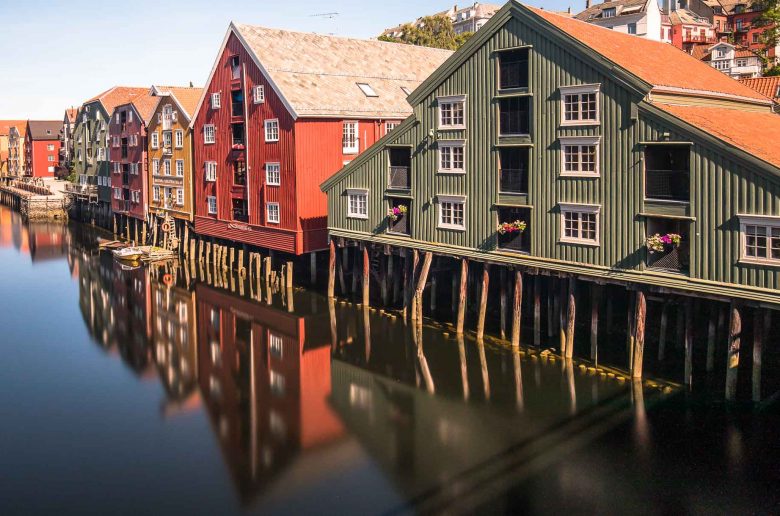
Roads and conditions
Roads are usually in a good condition and due to low traffic the driving is smooth and easy – at least in summer. In more remote places and in Lapland smaller roads are usually not paved and can be bumpy so you might want to adjust your speed accordingly. Driving with caution is always necessary since the biggest risks on the road are animals like moose and reindeer. They are plentiful so take this very seriously.
In winter the main roads are usually well maintained and you can drive with a normal front wheel drive. Winter tiers are mandatory! In Norway some of the mountain passes can be closed temporarily but they are usually free after some hours. Smaller roads in the Finnmark area have special schedules. In the winter months they feature only one lane over big distances so the traffic has to be regulated with fixed schedules. You can pass usually several times a day on most places. Be also aware that temperatures can get to -30° C and that your average vehicle might not be prepared for such conditions.
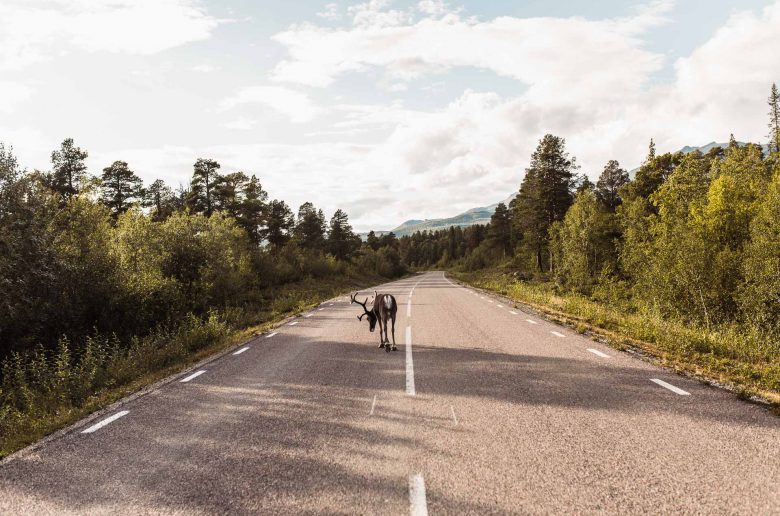
Self-Sufficient or campsites
Finland, Sweden and Norway are all excellent countries to plan an autarc camping trip. You can refill drinking water on every decent gas station for free and since there are so many beautiful places you can set up your base every day on a different scenic spot. There are also many public places where you can empty your chemical toilet. So unless you need permanent electricity or sanitary facilities you can spend a long time on the road.

However, campsites can make perfect sense from time to time. In bad weather conditions it is a great opportunity to do some laundry, get a proper shower and visit a Sauna. So yes, even though Scandinavia is a dreamland for camping adventures in the wild, using official camping facilities can be a good idea.
The various options range depending on your budgets and needs and you can camp in the middle of Stockholm or rent a cabin somewhere in Lapland. There are options for all budgets year round and you can even stay in a dome tent with 180° aurora view in Lapland or an all inclusive yurt experience further south if this is what you want.
Campsites
Most of you are probably looking for the more traditional campsite for your camper. The good news is that there are over a thousand campsites all over the Northern countries with enough space to host your stay. They can vary drastically in size and quality and while consist literally of a meadow, one shower, one toilet and a stove, others might give you a luxuries experience beyond your expectations. A motorhome will coast you around 20 to 30 Euros per night and you have to calculate additional coasts of electricity and eventually shower. Some campsites offer a year round service but usually they close or provide only cottage rent.
Free shelters and fire places
If you are interested in finding free shelters and public fire places along the road you can take a look into our Northern shelter guide. Especially Finland has one of the best (if not the best!) infrastructures regarding free shelters in the whole world.
- Finland: Find wilderness huts and shelters in Finland
- Norway: Find free wilderness huts and shelters in Norway
- Sweden: Find free shelters in Sweden
- For detailed information about shelters in the North read:
The guide to wilderness huts and shelters in the North
Useful things to bring
Despite the standard repertoire like a camping chair and table you should consider some of the things from the following list that we deem very useful:
Axe
A proper wilderness axe will help you to get your campfire going. Furthermore, you can use it as a hammer or do rough carving jobs with it. It’s a great tool that might come very handy, especially if you spend time in wilderness areas.
Shovel
A good camping shovel is always a recommended feature. You can dig out your vehicle, make a lowered fire pit in case of strong winds or burry your leftovers and about a thousand other things.
Outdoor knife
A proper outdoor knife is the Nr.1 thing to have and your tool for everything. If you do not have one already you can visit one of the Northern knife factories for yourself or save up for that original Sámi knife.
Boat
A really great way to experience the North is by bringing a Canoe, Kayak or other swimming vehicle. If space is an issue you can opt for an inflatable or folded canoe. The Austrian company Grabner and the (considerably cheaper) Czech counterpart Gumotex have some excellent solutions for all needs and most budgets.
Fishing gear
If you like to eat and/or catch fish you definitely should to bring your fishing gear along. The Northern countries feature the best fishing grounds in Europe and should not miss out on this opportunity.
Mosquito repellent
A proper repellent against mosquitos can save your sanity. Some northern parts can be pretty unpleasant during summer, so some protective measurements are a must have if you plan to got to Lapland during late spring and summer. Our weapon of choice is actually a technical repeller device.
Mosquito net
If you have a camper van or mobile home you may wake one night to the buzzing sound of uncountable uninvited guests. Usually one mosquito around the bad can give you a hard time sleeping but a hundred will give you the creeps. Especially in older models, there are sometimes leaky spots where they can enter. And with spots we mean also places that you would normally not likely consider like the air filter, side mirrors or window seals. A good strategy for such a scenario is to have some spare mosquito net fabric that you can use to improvise if necessary. You can buy that in every bigger hardware store around the Northern countries.
Duct Tape & Sealing
This might sound funny but some sort of durable tape should be in your standard car kit for quick repairs. Some places in the North are fairly remote and if you have to bush fix a leaking roof or a fender this can save your day.
Read more about mosquitos and protection in our mosquito guide:
Survive mosquitos in Scandinavia and Finland.
↓↓↓
Read more about catching fish in the North in our Fishing guide:
Catch a fish in Scandinavia or Finland
↓↓↓
